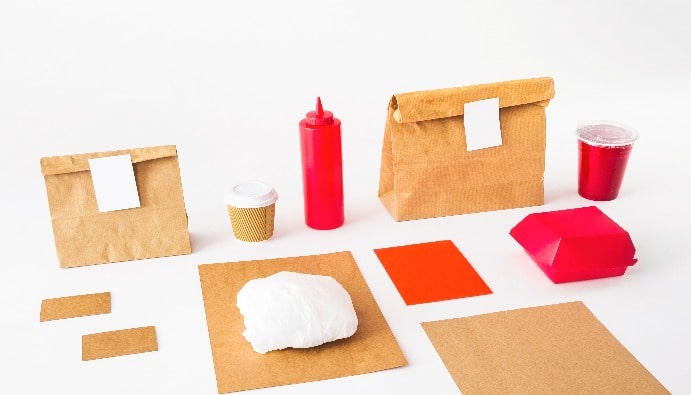Single Use Packaging Analysis: Performance Tests
Why is single-use packaging preferred? How has corona affected the packaging industry?

Single Use Packaging and its Importance
Disposable packaging is widely used in the food industry for hygiene, ease of use and portability. However, the safety, performance and environmental impacts of these packages should be evaluated through detailed analysis.
Analyzes on Single-Use Packaging
- Food Safety Tests: Checks whether materials in contact with food release harmful chemicals.
- Migration Tests: Evaluates the release of heavy metals, phthalates and other chemicals.
- Permeability Tests: Measures the permeability of the packaging to gases such as oxygen, carbon dioxide and water vapor. It is a critical test, especially for extending the shelf life of food products.
- Durability Tests: Tests the resistance of the packaging to heat, humidity, pressure and impact. Properties such as microwave and oven compatibility are examined.
- Biodegradability and Compostability Tests: The biodegradability of the packaging under environmental conditions is evaluated. Its capacity to turn into organic matter during composting is tested.
- Chemical Component Analyses: The presence of toxic chemicals in the materials used is determined. Detailed analysis is performed for BPA (Bisphenol A) and other harmful components.
- Sterilization and Hygiene Tests: It is checked that the material quality does not deteriorate after sterilization, especially in the health sector and food packaging.
- Microbiological Tests: The capacity of the packaging to prevent the growth of bacteria, fungi and other microorganisms is assessed.
Materials Used in Disposable Packaging
- Plastics Commonly used materials such as PET, PP, PS. Recyclable and biodegradable varieties are available.
- Paper and Cardboard: Biodegradable coatings are used to increase durability.
- Bioplastics: Produced from renewable resources such as PLA, PHA.
- Metal Foil and Composite Materials: Preferred for air and moisture barriers.
Environmental Impacts of Disposable Packaging
- The Plastic Waste Problem: Conventional plastics can remain in nature for centuries and cause environmental pollution.
- Biodegradable Alternatives: Packaging made from natural resources reduces negative impacts on the environment.
- Recycling: It is important to use recyclable materials in single-use packaging.
Nanolab Laboratories Group continues to provide services within the scope of Packaging Analysis. We also provide services on NIAS Studies on Packaging.
Contact us for more information.
You can follow us on LinkedIn for up-to-date news and posts about our services.
Follow our Instagram account to be informed about our latest blog posts.

